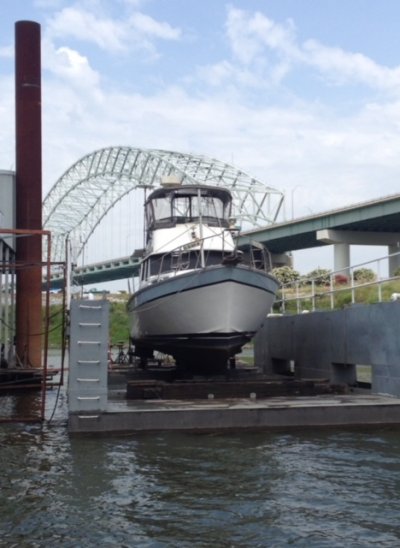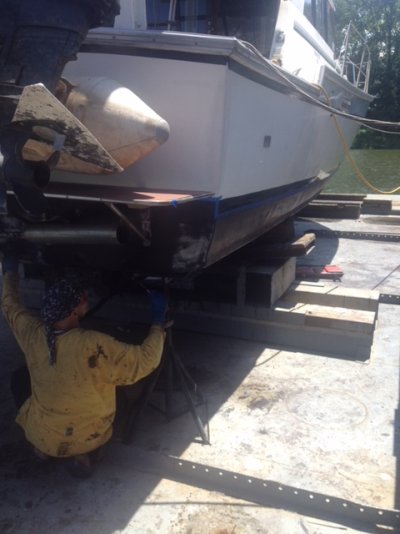clynn
Senior Member
In my area, we don't have a ton of pleasure boats. I'm a member of the local yacht club and we have a lift, but one of the guys that used to do bottom jobs moved away and the other is semi-retired. I wanted to have mine done last year, but couldn't find anyone to do the work, so I'm seriously considering doing it myself this spring. It doesn't sound like a complicated job...lift, pressure wash, sand, tape, paint, paint, paint, splash. I get that it's a dirty job, but I'm not worried about that. I have an orbital sander, will get paint suits, and a respirator. It's a '46 footer, so i'll probably try to hire some labor help. I've sanded/refinished woodwork and repainted stripes above the waterline in the past to give some idea of experience.
I'd love to hear from others that have done this before. I enjoy working on my boat and saving money. Is this a crazy idea? What was your experience? Are there any particularly good instructional videos or books that you're aware of?
Thanks for any input!
Chris
I'd love to hear from others that have done this before. I enjoy working on my boat and saving money. Is this a crazy idea? What was your experience? Are there any particularly good instructional videos or books that you're aware of?
Thanks for any input!
Chris



